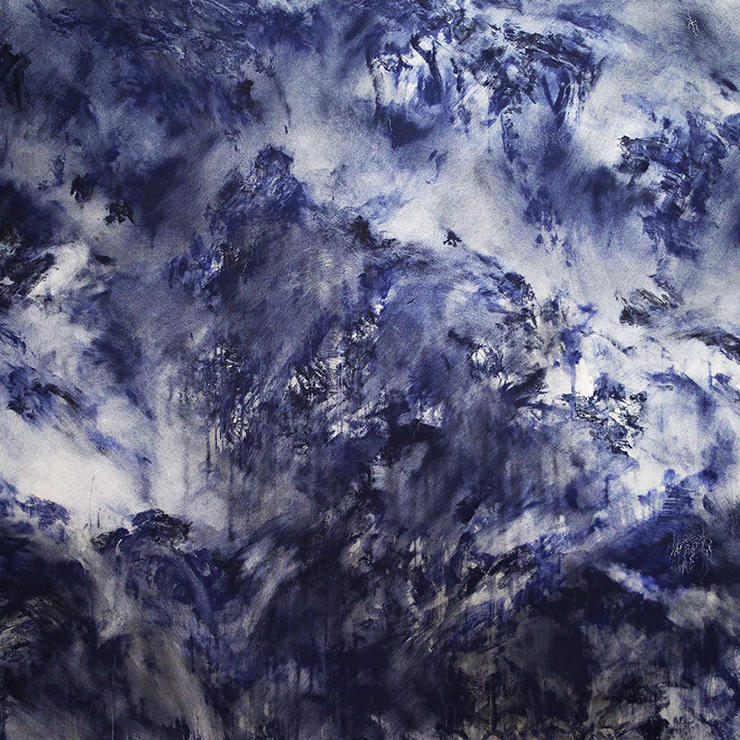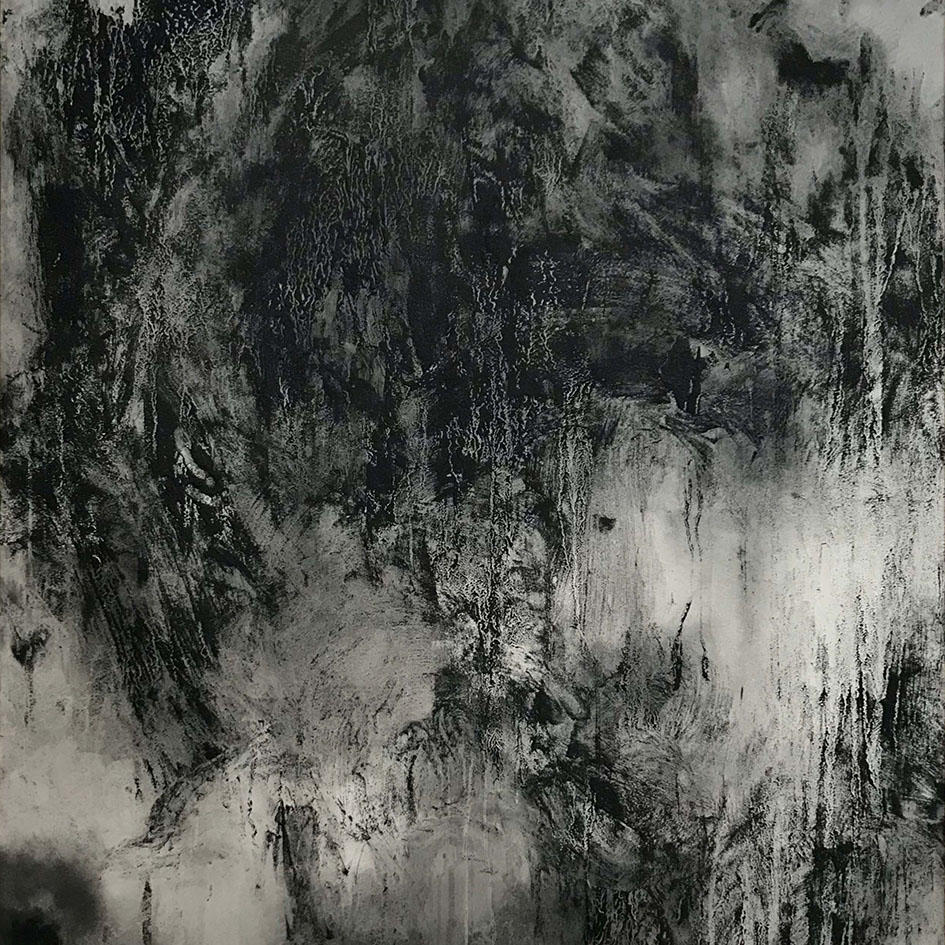Project
[Interview] Naoto Sunohara:Japanese painting award exhibition and New challenges
Gallery
In early June 2021, Naoto Sunohara was selected and exhibited at the exhibition for the 8th Higashiyama Kaii Memorial Nikkei Nihonga Award for Japanese painting. This time, we interviewed Naoto Haruhara, the artist who is gaining attentions since he is recommended and selected for these exhibition, which is one of the most influential exhibitions and art competition in the Japanese painting area.
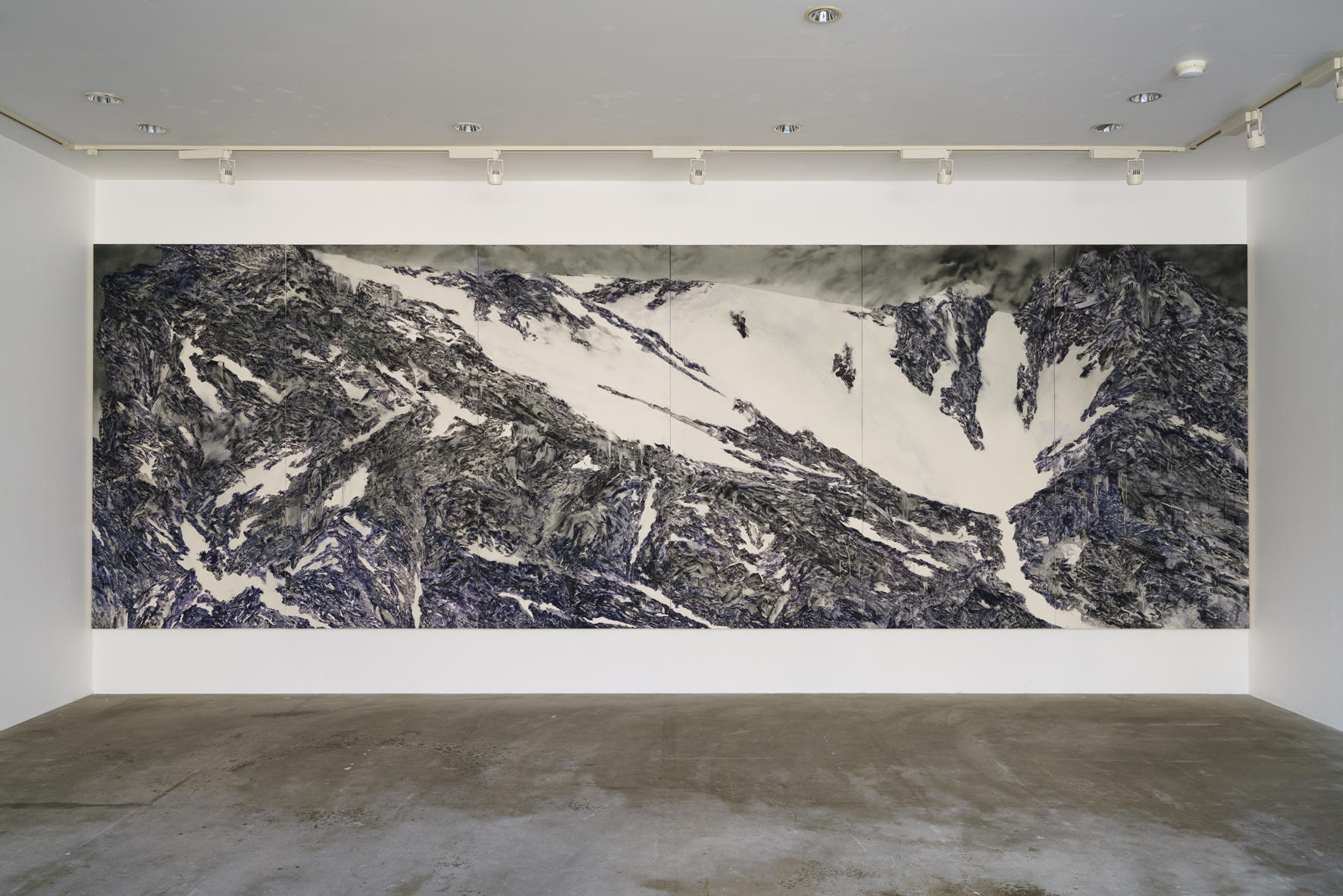
《Airy Blue》2018 / 2000×6000㎜ / Sumi ink and mineral pigments on Japanese paper / Selected for the 8th Higashiyama Kaii Memorial Nikkei Nihonga Award
Gallerist (G): Congratulations on your selection for the Nikkei Nihonga Award. You were the youngest among the laureates, remarkable accomplishment to be noticed! While this award was initially conceived for the artist around forties, nowadays it seems to be exploring the emerging talents as well. The genre “Japanese Painting” gives the impression of being traditional or even old compared with contemporary art, and this may be the reason the organizers try to explore younger artist than before.
At first glance, your artworks look like classical Japanese painting with atmosphere of masters of this Japanese art, some of them giving totally different appearance. For instance, “Underneath” exhibited at VOCA 2021 can be seen as base-angled mountain within compact composition, but personally I found the whitish blank in the middle of picture plan to be “tagging” in the street. I have heard that some of the artists including you, initiated by Natsunosuke Mise, one of the awarded artists, carried out “performance” or different artistic representation from their ordinary style of Japanese painting during the session of the exhibition.
What do you feel about the positive appraisal of your work as “Japanese Painting” at this occasion of art award? Also, we are wondering what do young artists think of the existence of “Japanese Painting”, and we would like to ask you some questions as follows.
The existence of “Japanese Painting”

《Underneath》2021 / 2500 x 3990 mm / Sumi ink and mineral pigments on Japanese paper / Artwork selected for VOCA 2021:The Vision of Contemporary Art
Q1. For you, what the Japanese Painting is or does mean?
Sunohara(S):
I understand that the term itself of Japanese Painting was generated in Meiji Era (1968-1912) when the oil painting was given from the West. We still do not know what Tenshin Okakura or Earnest Francisco Fenollosa, meant to preserve the painting of “Japan” , what was the interpretation of painting of Japan, so I think it is difficult to define clearly the term of Japanese Painting. Nevertheless, it seems that the questions themselves lead to the better understanding of Japanese Painting or of Japan itself.
Q2. What is the relationship between your present work and the Japanese painting so far?
S : I imagine that the birth of the word Japanese Painting is due to the people’s enthusiasm for “painting rivaling Western art”, which should have entailed the questioning of what is Japanese identity at the same time. However, the apparent definition of what was Japanese Painting seems to have been discussed in few occasions other than the topics of the materials used in the works.
Today, “Japanese Painting” as genre has survived in both University educational classification or in art world in general, which I doubt against such phenomenon. For example, does a piece painted with mineral pigments on Japanese paper mean directly Japanese Painting? What is Japan? What is painting of Japan? These are the questions I find necessary to pose continuously, but honestly speaking, I am not work within the border or Japanese Painting. In this sense, I am “not” the artist of Japanese Painting.
Mountain, surrounding world and my own experience
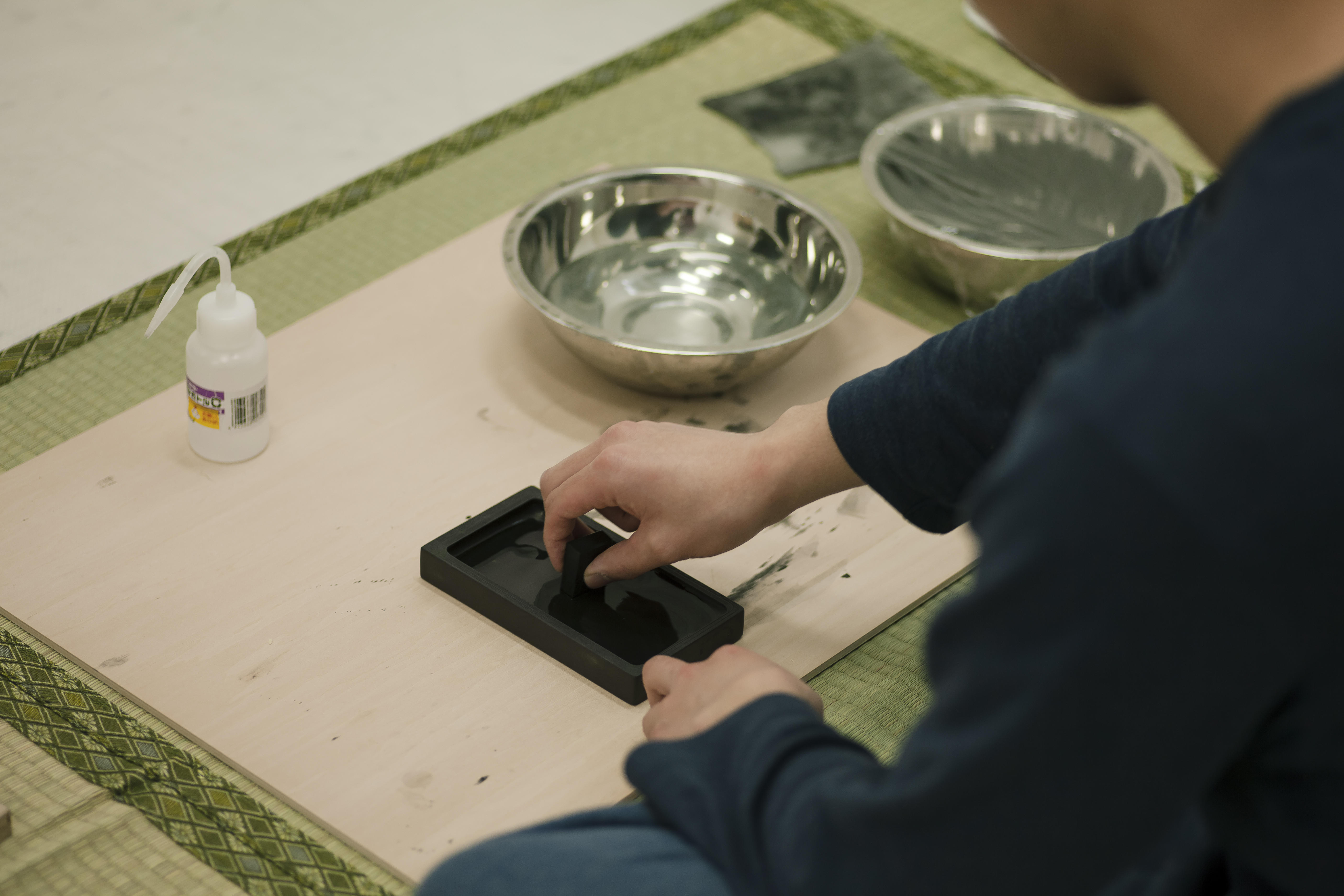
progress scenery photo by Ryo Yoshiki
Q3. What led you to your current technique?
S : My current technique was generated during the process of thinking about “mountain”. I aim at the direct experience for the viewer vis-à-vis the artwork rather than conceiving the pictorial space or composition. In other words, I try to generate the real small mountain on the picture plane. That is why I make use of mineral pigments with texture of the real presence as material, or sometimes of flowing hot water on the painting so that a form of mountain attacked by stormy rain.
Q4 What is your planning for future development?
S : I have been working with motif of “mountain” so far, however, I started feel uncomfortable in simply painting this motif. It is just difficult step ahead in short time, and I think it is also the issue of a gap between the term and the meaning of the work. Therefore, I would like to explore the representation to enlarge the angles with which I paint the mountain or to connect the world with the experience of my own.

Scaling Mt. Kitadake, photo by Seki Echika
New style
Q6. Please inform us if you have something new to tackle.
S : In short term, I try to produce a three-dimensional work. I register the trace of my walking road, which will be output via Three-D printer. This work allows me to question the action itself of scaling. While a number of painters have already challenged in the history the drawing or painting while their mountaineering, I myself research for a new representation through mountains.
Also, I might try other materials of painting. The relationship between the viewers and artwork come into existence once the viewer faced against the artwork, which is becoming difficult under corona situation, increasing the occasion of online encounter with the artwork. I understand the merit and demerit in both cases, but I still stick to the used material in direct approach to the experience. Instead of just throwing away the past ways or materials altogether, I would like to “experiment” various approaches in series.

G : Thank you so much for your stories. We look forward to your future development.
Solo exhibition “Fragments from Scaling Mountain” started on June 25 at Art Front Gallery shows around 20 pieces of Sunohara including 16 pieces. In the middle of exhibition period, the new challenge of three- dimensional work will be added. We appreciate your visit and face to the works! You will feel the power and enlightenment of the work.
Please click here for the detail.
Artists
Related News



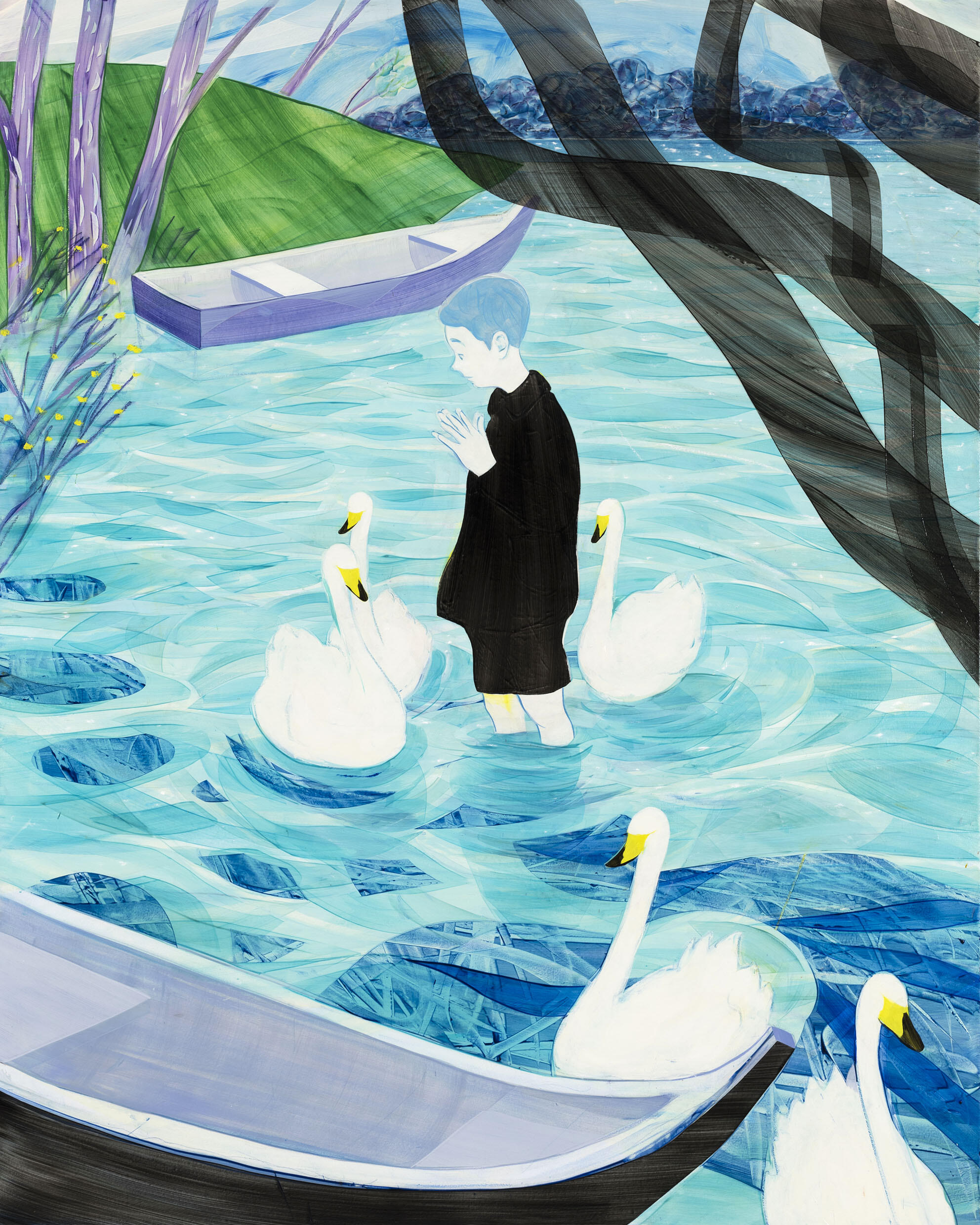
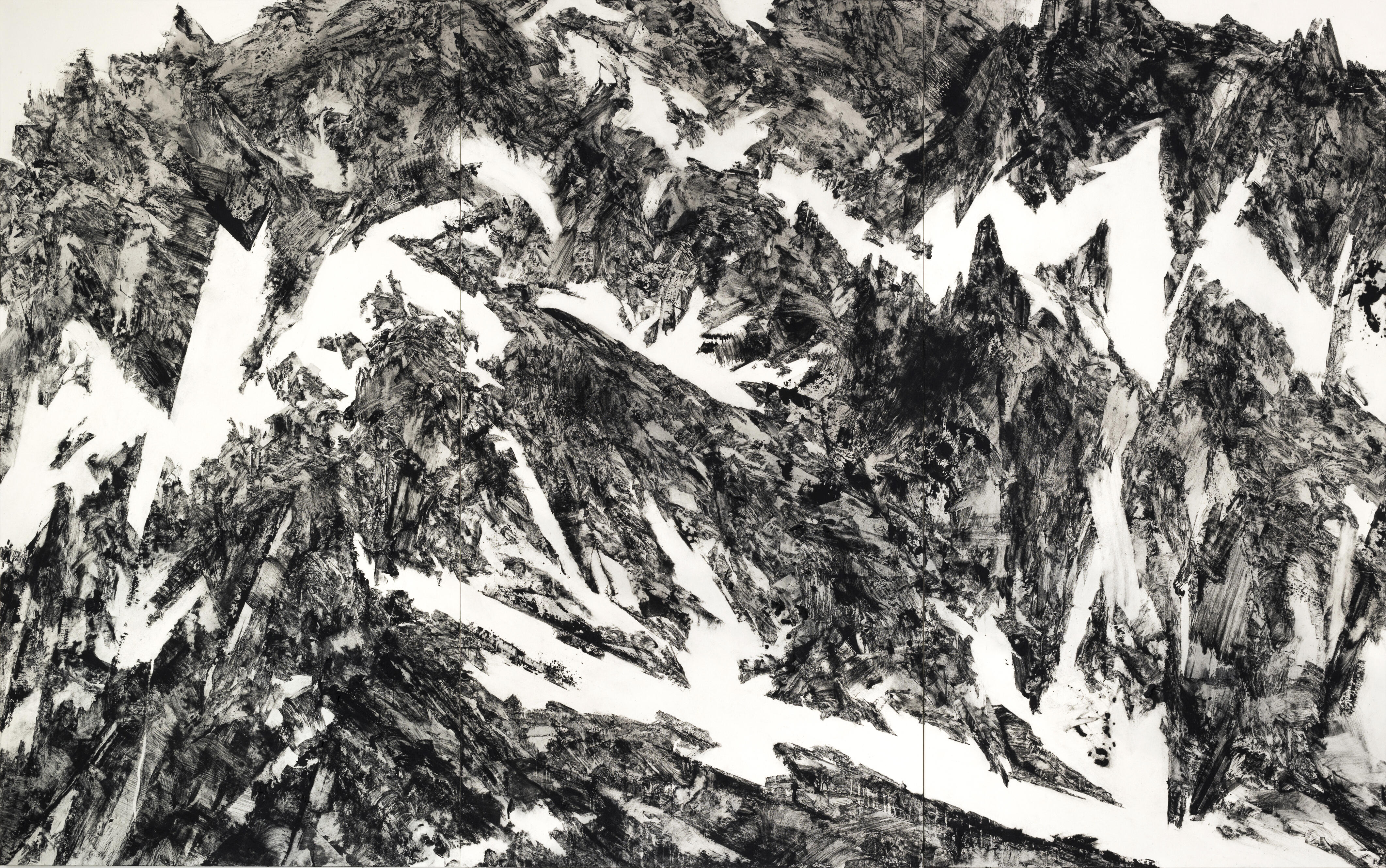
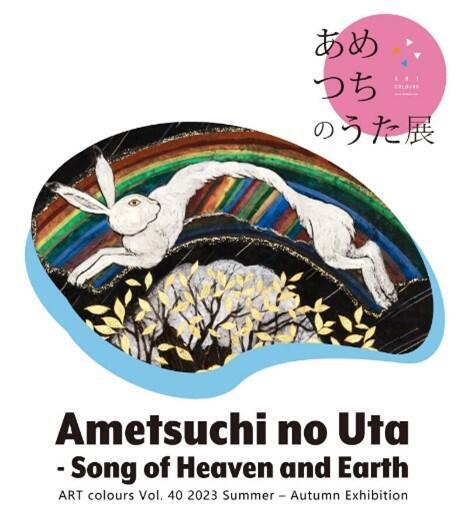

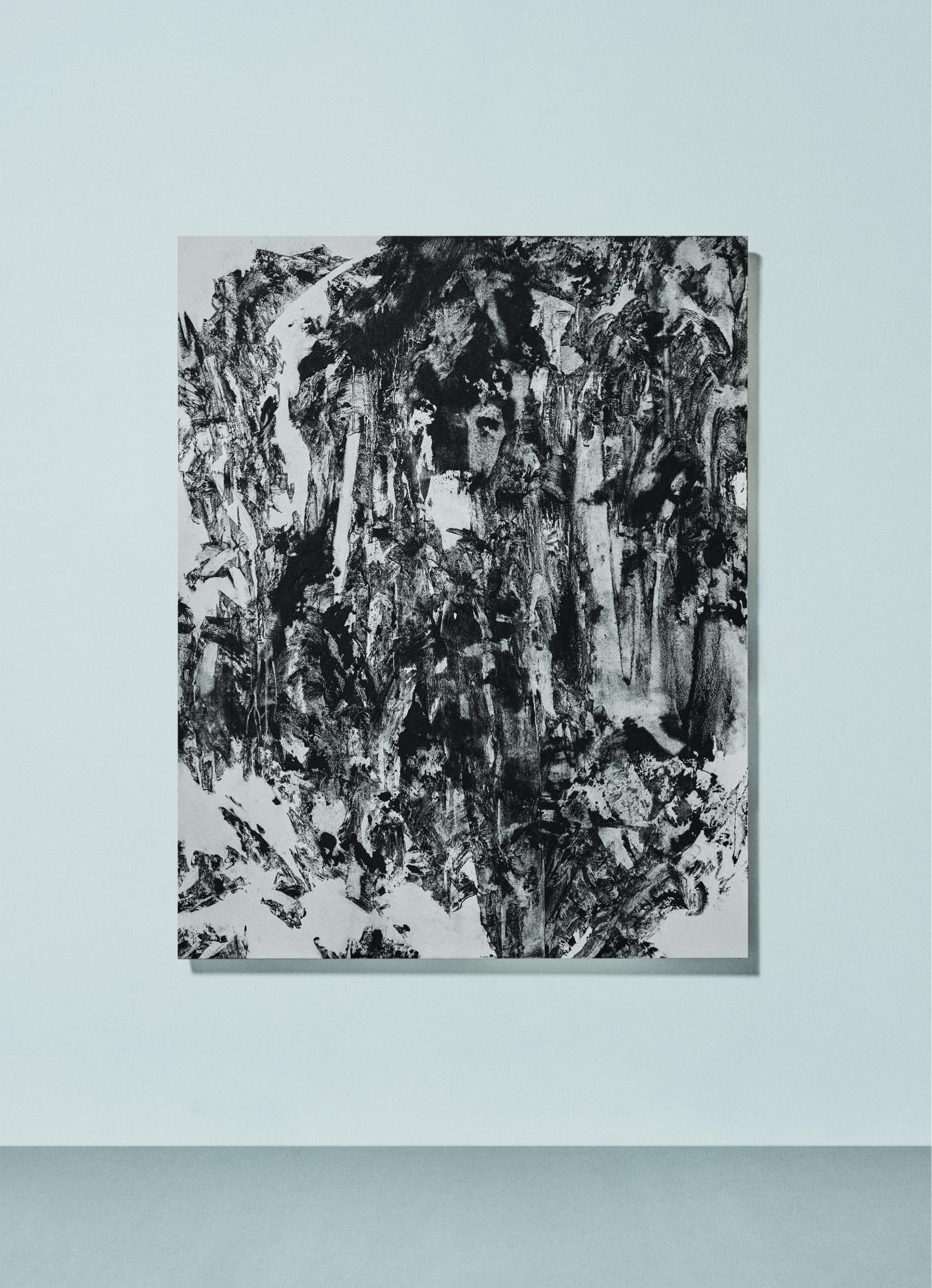
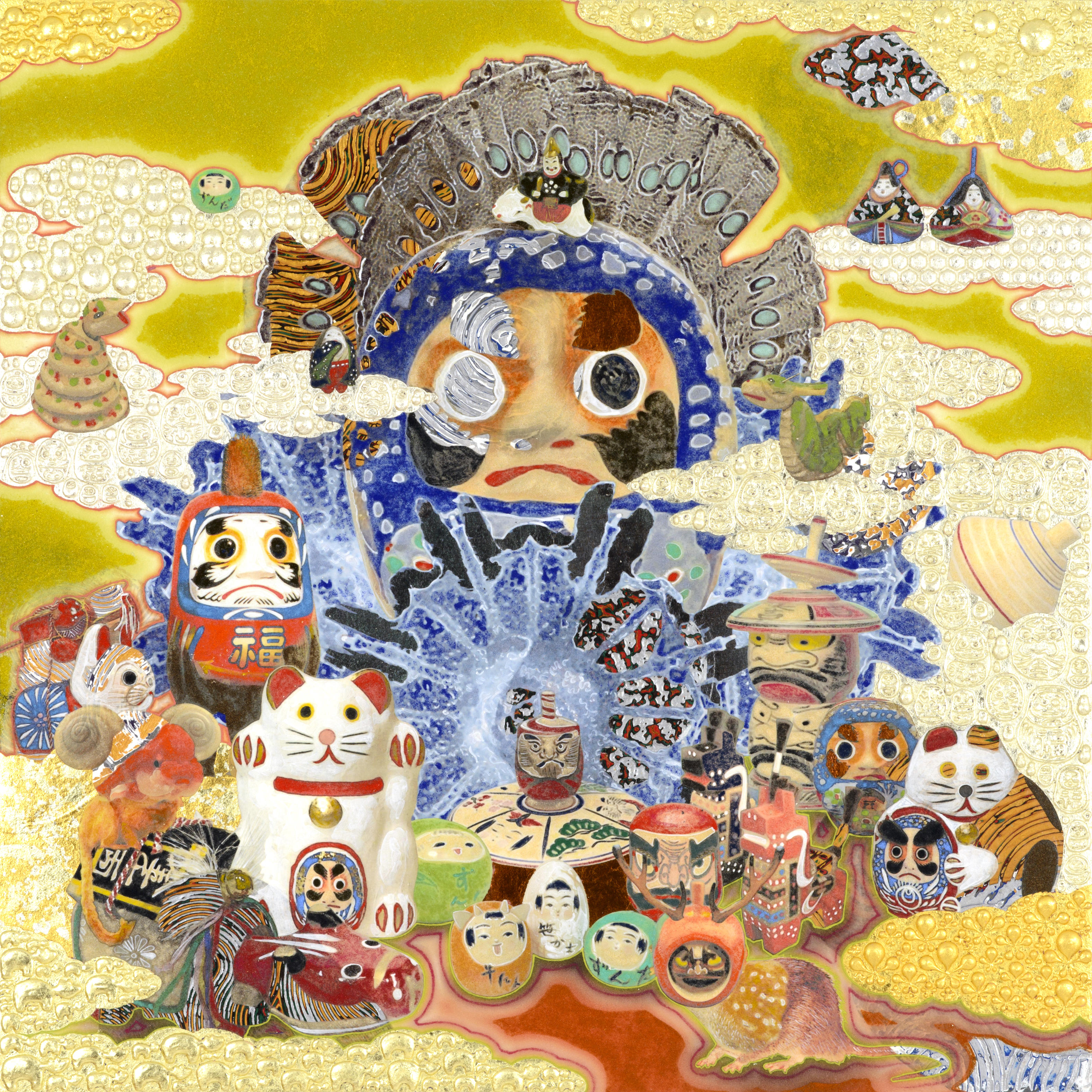

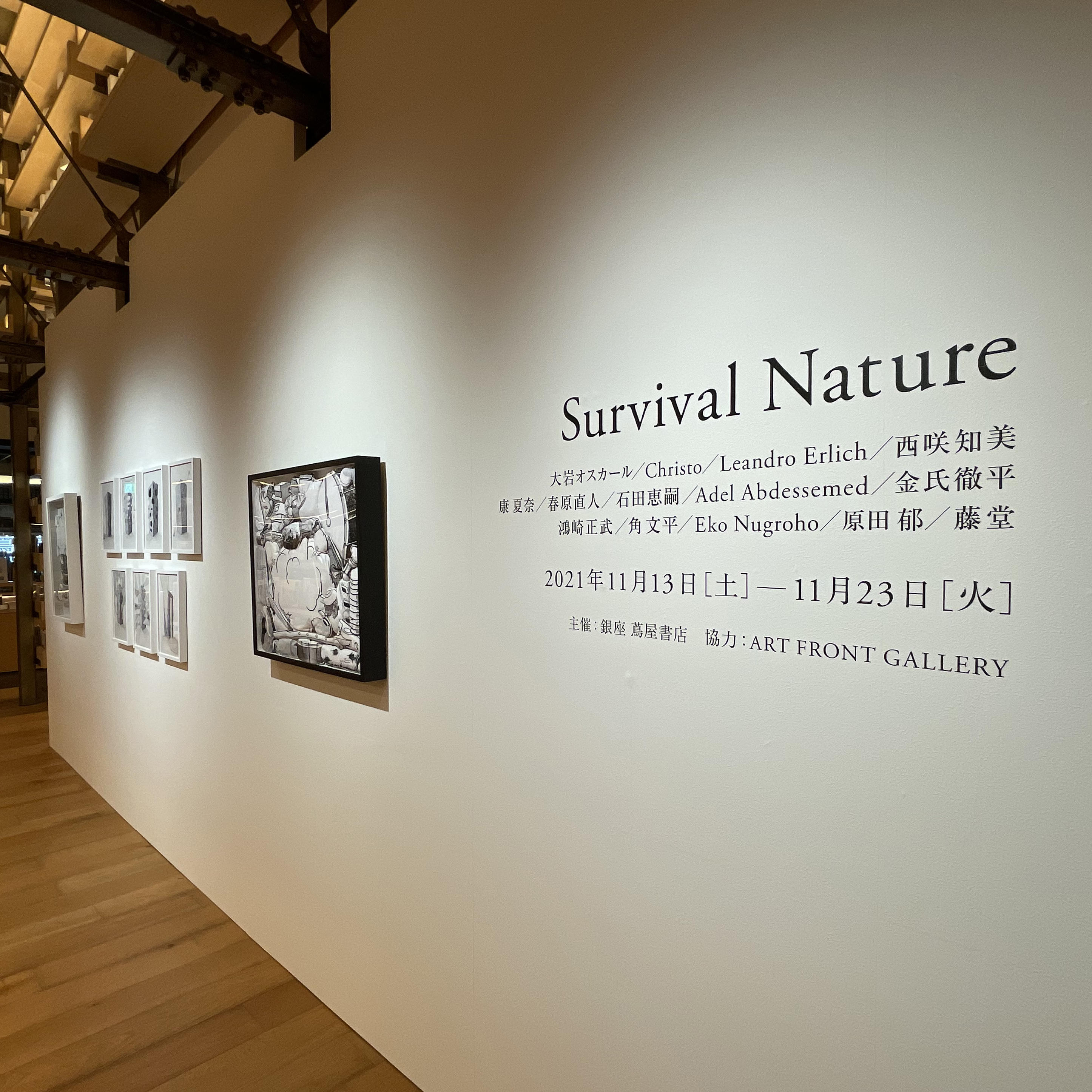
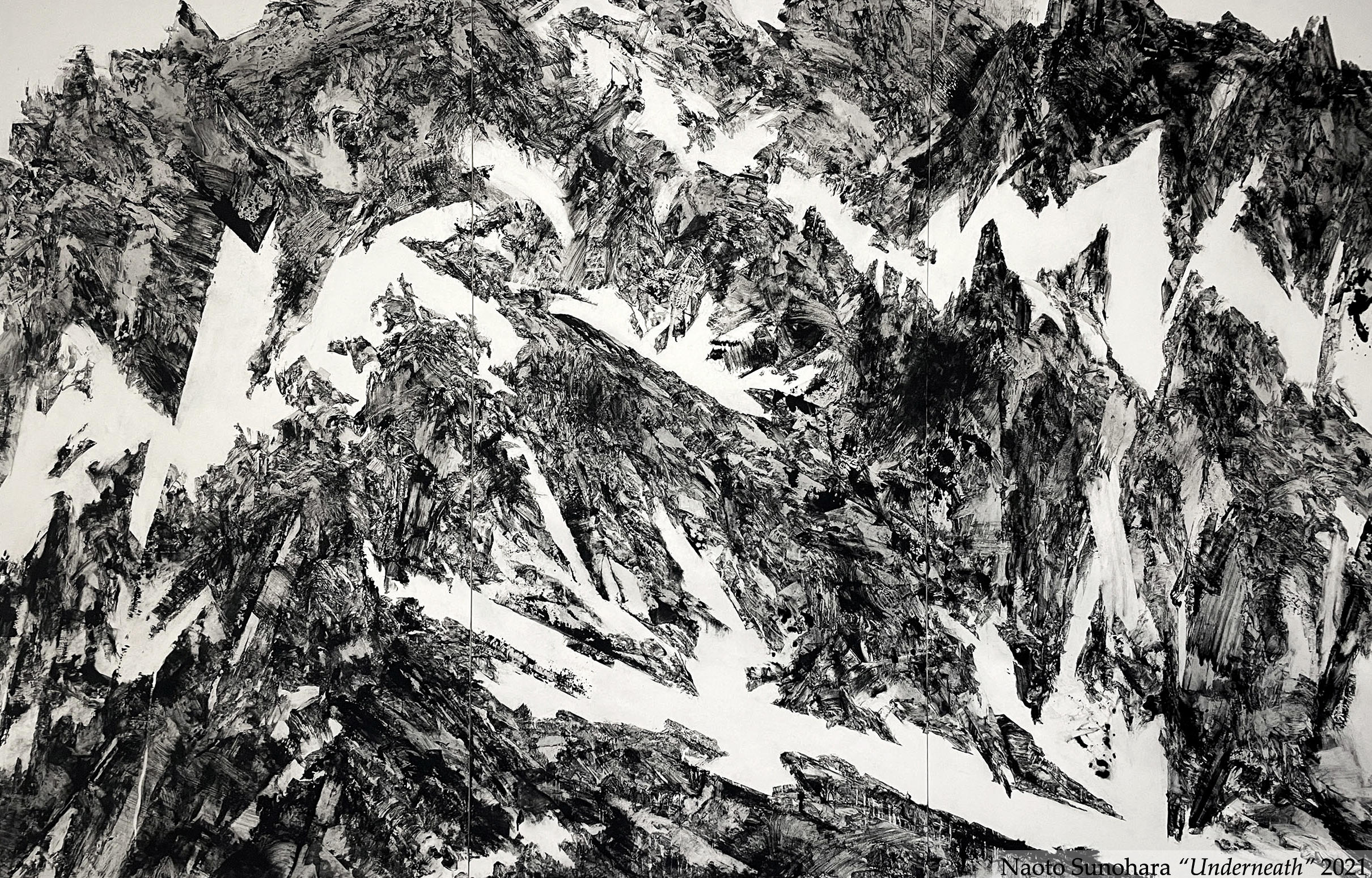

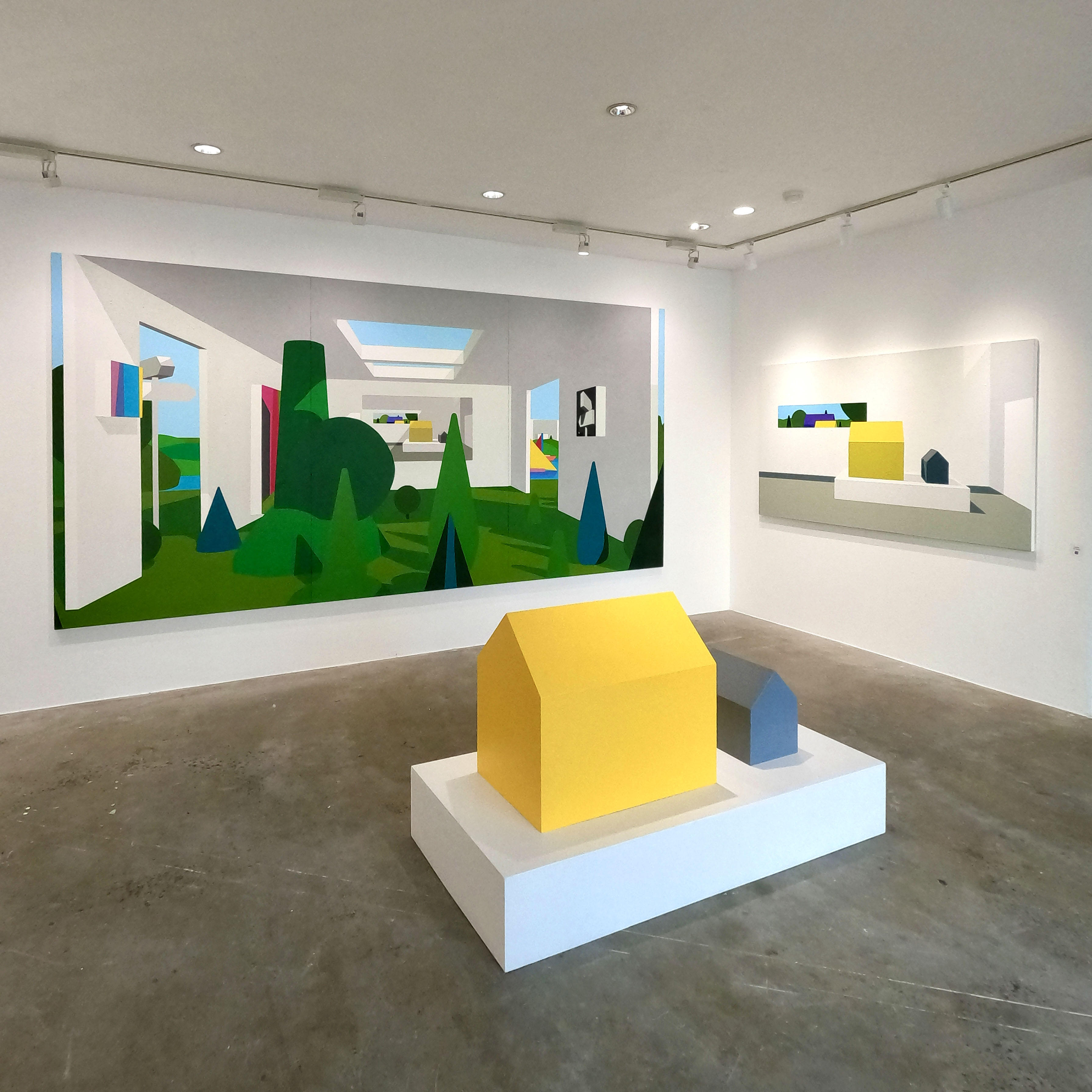

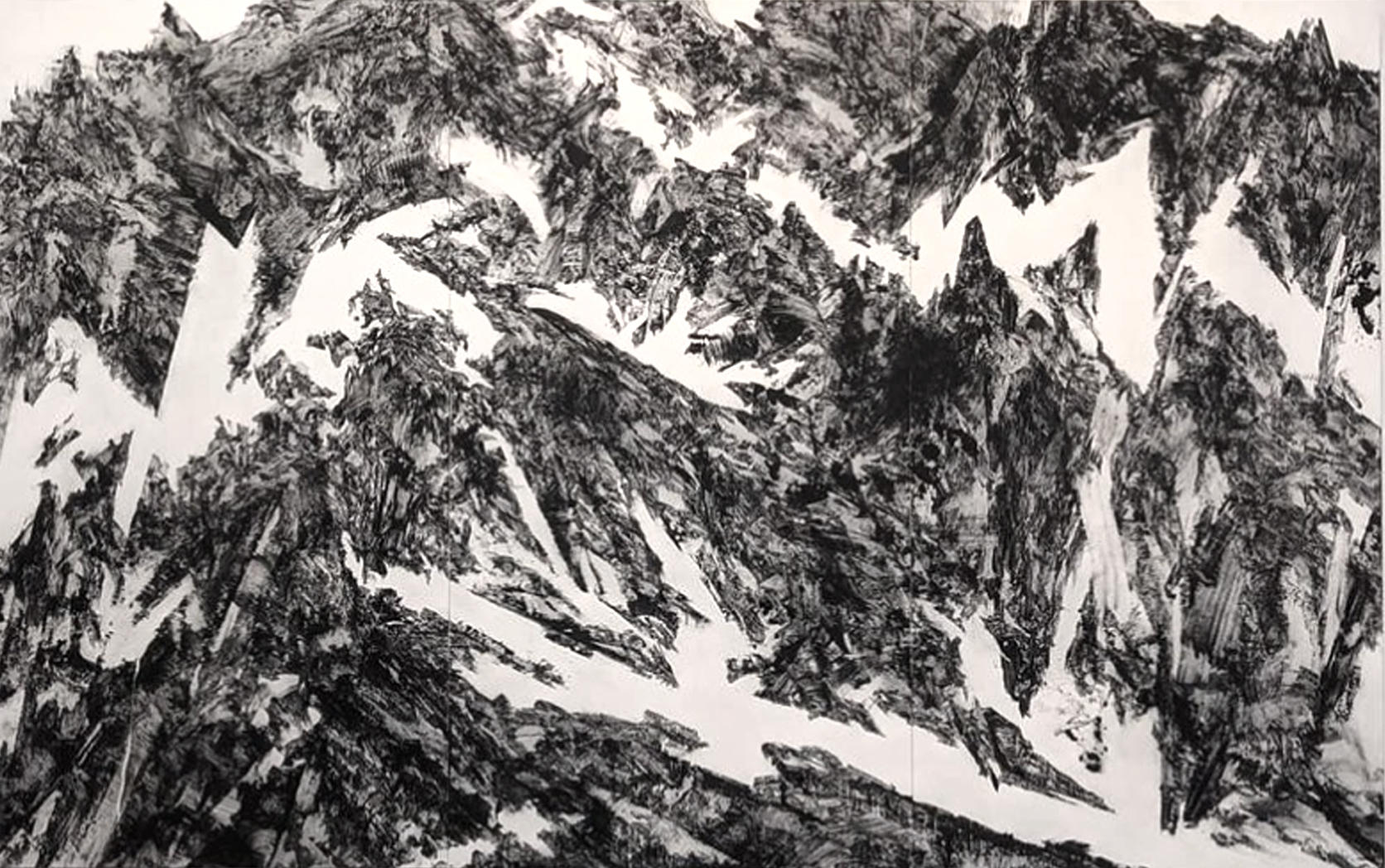

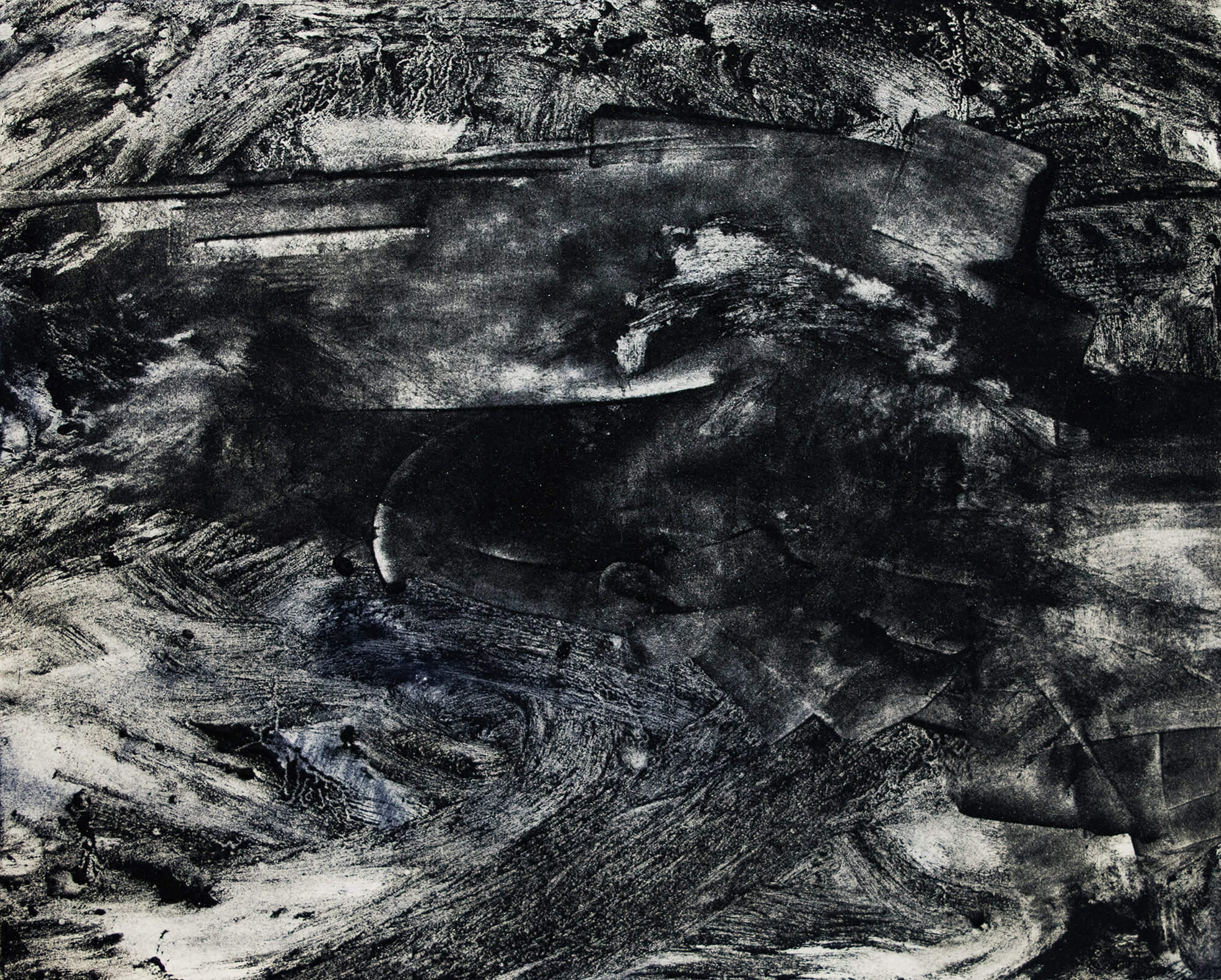


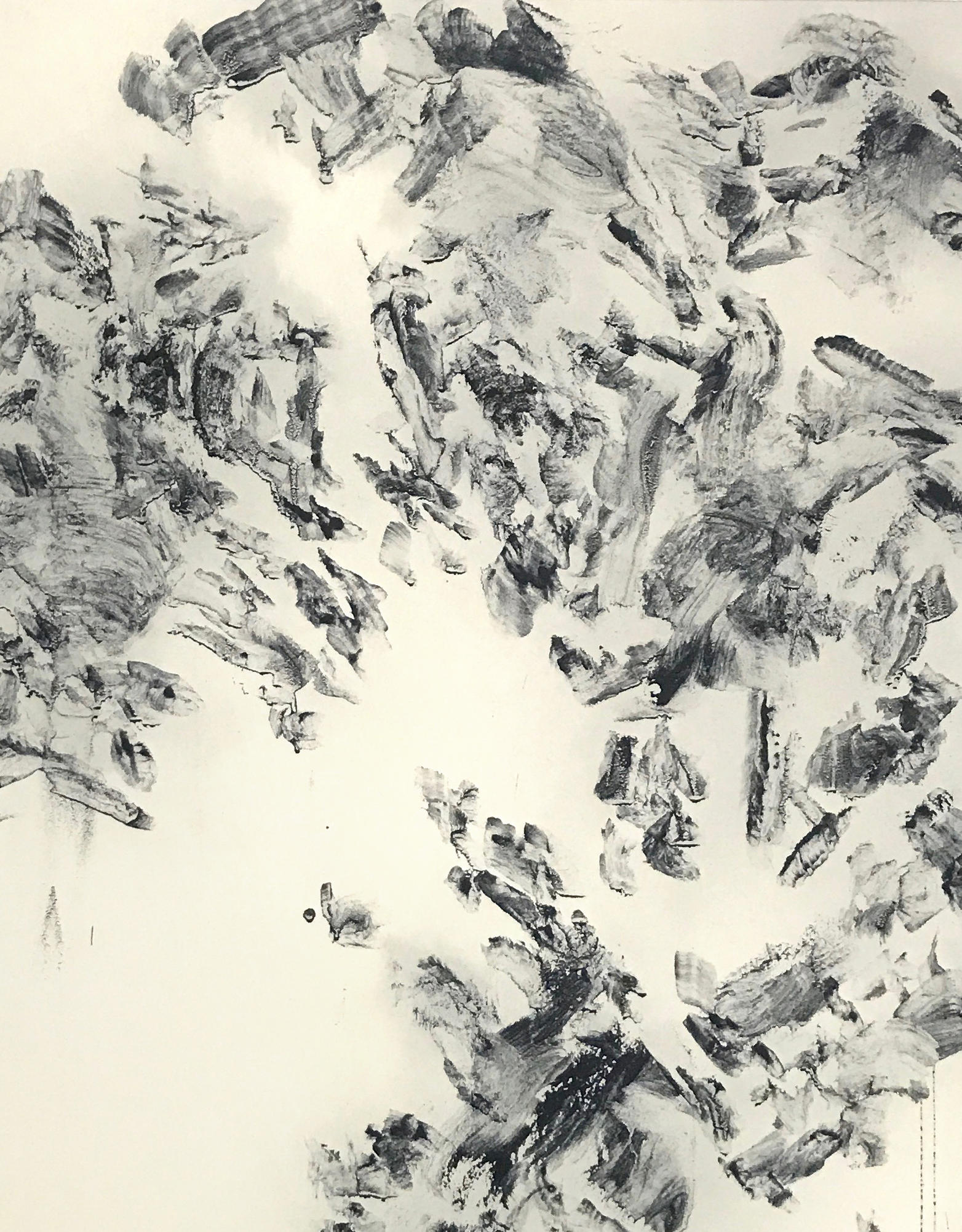

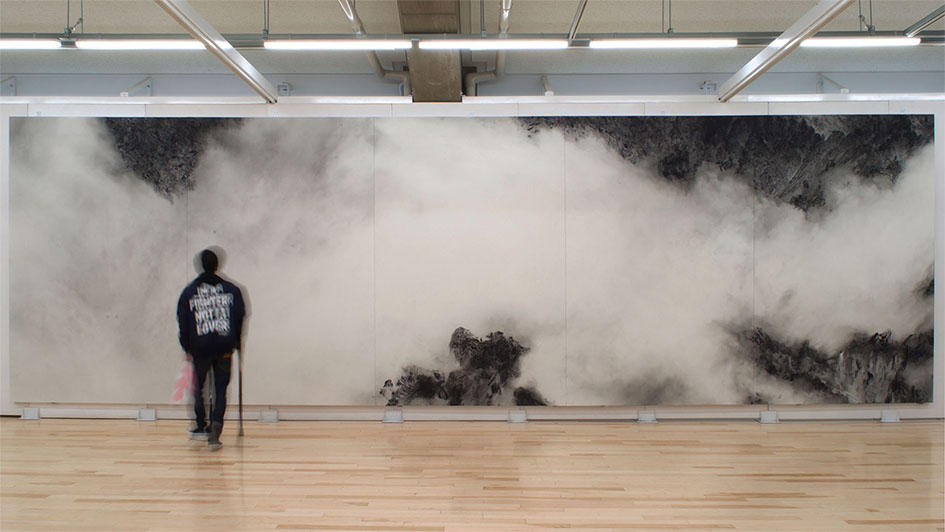

![[Interview] Naoto Sunohara:Japanese painting award exhibition and New challenges](/project/img/b8153ae40cbdb4471e1e7d43446b9cc5a5d8f87e.jpg)
